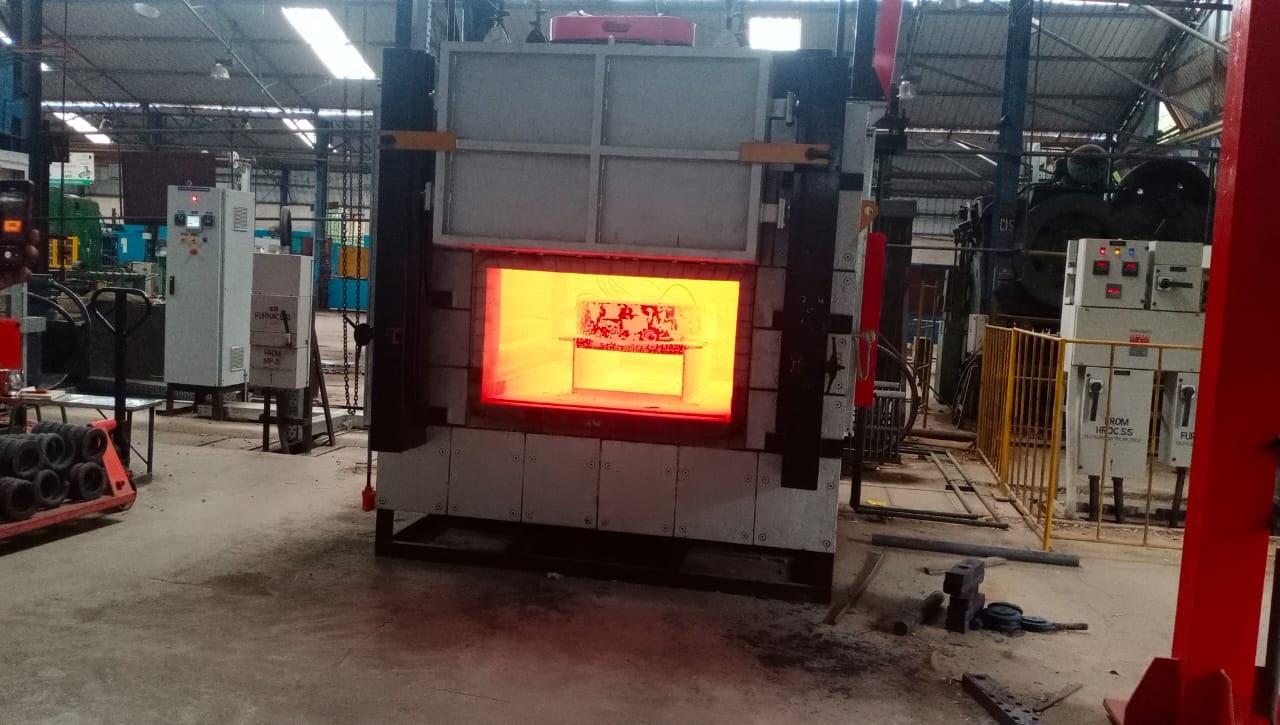While making a huge investment in a heat treatment furnace, there are many things to consider. In an earlier blog post we outlined some factors to consider for buying new Heat treatment furnace.

1. What is your budget? Make sure to do some research and acquaint yourself with the general cost of different furnaces, as well as the cost of optional features, auxiliary equipment, transportation and installation. Then decide on a budget that will best meet your needs.
2. What types of processes will you run in the furnace?
3. Production rate: How many parts do you want to process per month? This number will help determine the furnace size that best meets your needs.
4. What type of Charge material/Job are you putting into the furnace? Specifically, what is the size and weight of the material parts being processed?
5. What is the Job Capacity of Proposed Furnace in KGS Per Hr/ KGS per batch?.
6. Are you new to heat treatment? If the answer is yes, you might have to do a little research to find out how your product will need to be heat treated.
7. What is the Method charge handling/Loading via Fixture/Fork lift/ EOT crane and etc.
8. Medium of Heating- Electric/LPG/PNG/Dual Fired/LDO/Oil?
9. What is the Heat treatment cycle like Rate of Heating /Soaking/Cooling?
10. Desired temperature uniformity at the end of soaking?
11. What is the Furnace Atmosphere like Air, N2, argon, etc )?
12. Type of control required? Whether stand alone or full automation required through PLC with SCADA/PLC with HMI/Recorder.
13. Power consumption: Arrive the power consumption and running cost to run the furnace and obtain the required power. If fuel fired obtain the pollution control clearance from the required authorities.
14. How much max floor space do you have for a furnace? This factor could arrive the type/size of furnace you can actually get, as well as the flow of materials within your building.
15. Safety Features: What are all the safety interlocks/additional special features required in your furnace?
16. Whether to comply with AMS2750 / NADCAP (National Aerospace and Defense Contractors Accreditation Program)/ CQI -9 Norms?
Reducing Downtime/Breakdown:
While the spare parts you should have on-hand to reduce downtime often depends on the situation and type of furnace you have, there are a few key items every furnace buyer should consistently have in stock:
1. Burners/Heating Elements
2. Thermocouples
3. Seals and consumables
4. Limit switches and Fuses
5. Fan impeller and shaft and its accessories
6. Controllers
Extending the Furnace/Ovens Lifetime:
An essential part of extending the lifespan of your furnace is performing regular preventative maintenance, replacing parts, ensuring it is leak free, performing regular cleanup cycles, etc. By doing so, you are helping prevent any potential issues that might cause downtime, while also increasing the furnace lifetime.
Another key part of extending the equipment’s lifespan is being proactive about maintaining the hot zone/chamber, as well as getting necessary upgrades and/or retrofits. The hard part, though, is knowing when it’s the right time to do so.
Below are some key questions you should occasionally ask yourself about your furnace:
1. Is the furnace performing at an acceptable level?
2. Are the parts coming out at the desired quality levels?
3. Does the furnace have good temperature uniformity?
4. Is the data acquisition acceptable?
If you answered no to one or more of these questions, then it might be time to start thinking about what a new hot zone/relining, upgrade and/or retrofit could do for you and your industrial furnace.
Happy buying!…
